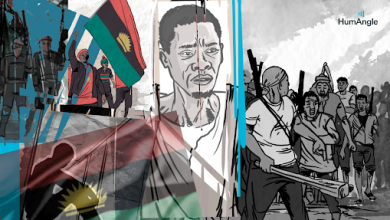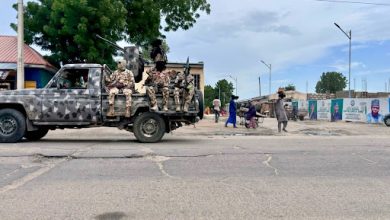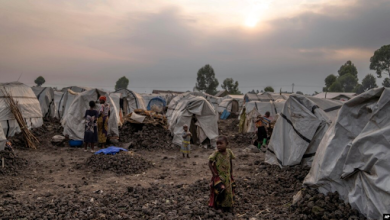Escalating Violence in DR Congo Traps Millions in Desperate Conditions
The humanitarian crisis in DR Congo deepens as escalating violence displaces millions. With widespread hunger, disease, and destruction, humanitarian organisations say urgent aid is needed to support vulnerable populations.
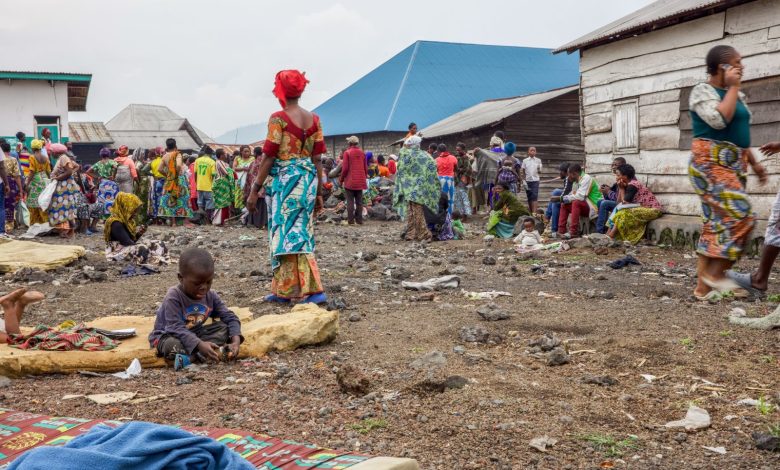
The humanitarian crisis in the Democratic Republic of Congo (DRC) has reached new extremes, with escalating violence displacing millions, the Norwegian Refugee Council (NRC) warned on April 2.
Data shows that more than six million people have fled their homes since the resurgence of the March 23 Movement (M23) in 2021, the highest displacement in Africa. The terror group’s recent attacks have forced over 660,000 people out of temporary collective sites in Goma and the outskirts of Nyiragongo territory, while 1.8 million have returned to devastated communities. However, for many, returning home offers no stability, as conflict, unexploded ordinance, and land disputes keep them trapped in a relentless cycle of displacement.
The destruction of essential infrastructure further compounds the situation. According to the NRC, communities west of Goma lack proper latrines and washing facilities, while drinking water connections have been destroyed. As a result, cholera and other waterborne diseases are on the rise, further endangering vulnerable populations.
Displaced families, who had already been struggling in makeshift camps, are now being forced to flee once again as fighting intensifies. Conditions in these temporary sites were already dire, with limited access to food, clean water, and medical assistance. Now, as violence spreads, many civilians find themselves in areas without any humanitarian support at all.
Women and children continue to face an increased risk of gender-based violence, exploitation, and malnutrition. The long-term impact on the younger generation is severe, with nearly two million children currently out of school due to the crisis. Across North and South Kivu, more than 5,900 schools are closed, depriving children of an education and leaving them increasingly vulnerable to recruitment by armed groups.
“Families have been pushed into impossible choices just to survive,” said NRC Secretary General, Jan Egeland. “Women are exchanging sex for food, children are begging on the streets, and people are forced to return to dangerous areas just to find firewood. This is unacceptable.”
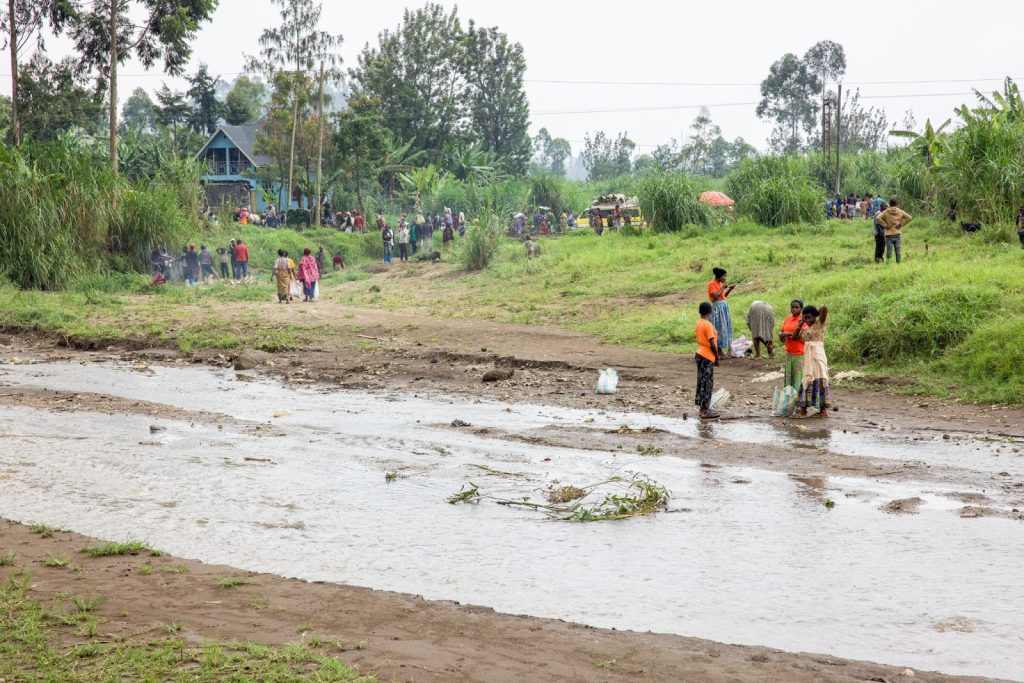
Humanitarian organisations are providing emergency aid, including water treatment stations, but resources remain critically scarce. With inadequate funding and limited access to affected areas, relief efforts are struggling to meet the growing needs of displaced communities.
“I am truly shocked by the conditions I have seen in and around the city of Goma,” said Egeland, following his visit to eastern DRC this week. “The lives of hundreds of thousands of people here in eastern DRC are hanging by a thread.”
Despite the immense needs, humanitarian funding for the DRC remains insufficient. The country has consistently ranked as one of the world’s most neglected displacement crises due to a lack of media attention, funding, and diplomatic efforts to resolve the conflict. The humanitarian response plan for 2025 calls for $2.54 billion to assist 11 million people, yet previous funding levels suggest it will likely receive less than half of what is required.
“The level of global neglect experienced by civilians in eastern DRC should shame world leaders,” Egeland stated. “Now, at a point of deep insecurity and with many families having returned to their areas of origin, there must be concerted action to finally support the population properly.”
One of the most significant setbacks to aid delivery has been the disruption of US-funded projects due to shifts in USAID policies. Historically, the US has been the largest donor to emergency relief and development in the DRC; however, many projects have now been paused just as humanitarian needs surge.
The DRC is currently facing the world’s largest hunger crisis, with 27.7 million people experiencing high levels of acute food insecurity. Agricultural land in North and South Kivu has remained untended for years due to ongoing violence, while displaced farmers returning to their land struggle to reclaim ownership. These conditions have left millions with insufficient humanitarian aid to meet their needs.
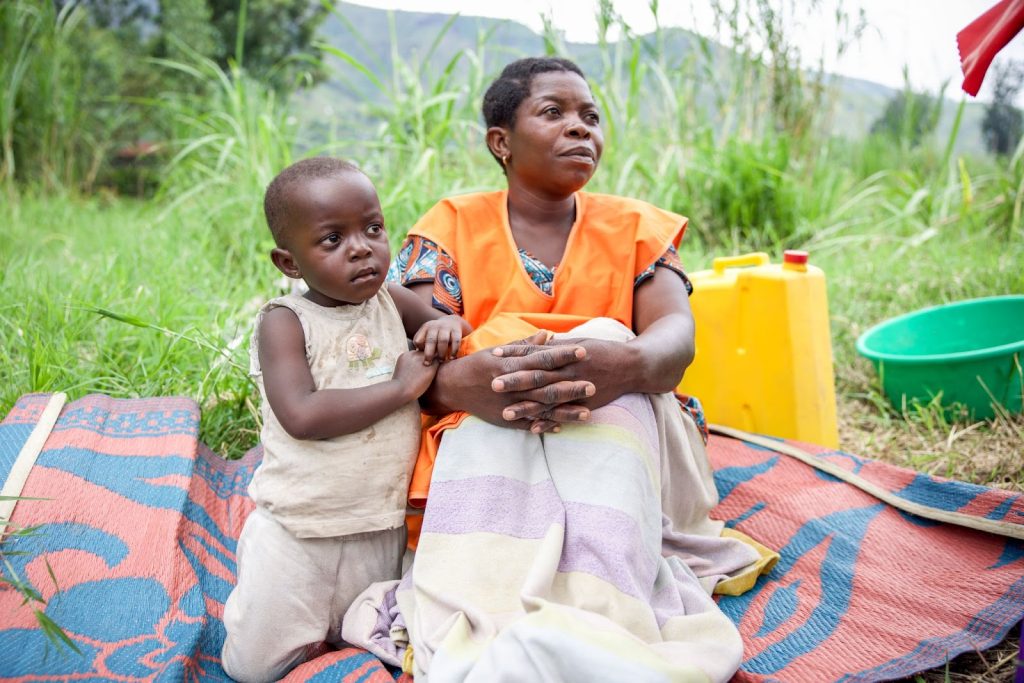
Various humanitarian organisations have called for urgent and increased humanitarian funding and a long-term commitment to supporting displaced communities.
The Democratic Republic of Congo is facing a severe humanitarian crisis, with escalating violence from the March 23 Movement causing over six million people to be displaced.
Essential infrastructure has been destroyed, leading to rising cholera and waterborne diseases, while displaced families face dire conditions with limited access to food, clean water, and medical help. Women and children are at increased risk of gender-based violence and malnutrition, with nearly two million children out of school.
Humanitarian aid efforts are insufficient due to inadequate funding, exacerbated by USAID policy shifts, leaving millions of people severely food insecure and without proper assistance.
Support Our Journalism
There are millions of ordinary people affected by conflict in Africa whose stories are missing in the mainstream media. HumAngle is determined to tell those challenging and under-reported stories, hoping that the people impacted by these conflicts will find the safety and security they deserve.
To ensure that we continue to provide public service coverage, we have a small favour to ask you. We want you to be part of our journalistic endeavour by contributing a token to us.
Your donation will further promote a robust, free, and independent media.
Donate HereStay Closer To The Stories That Matter

